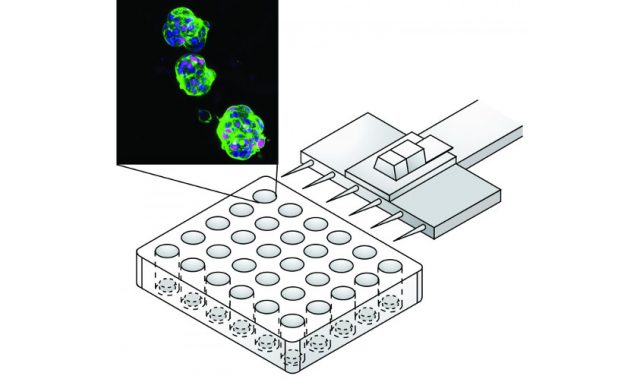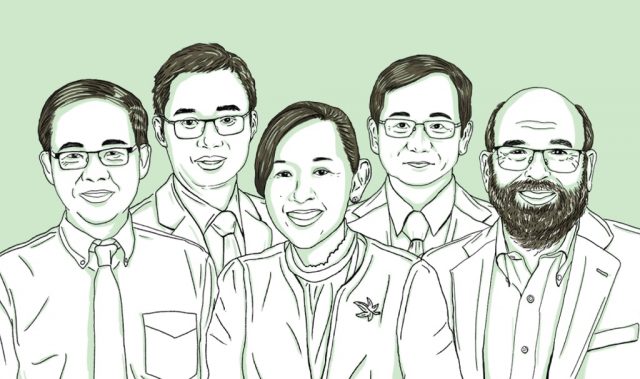
AsianScientist (Jun. 26, 2013) – A team of researchers in Singapore has developed a highly realistic three-dimensional (3-D) tumor model for studying the progression of cancer and the effectiveness of drug therapy in the lab.
Generating realistic tumor models in the lab has been a hot topic for research as current methods of testing cancer drugs are unable to replicate the properties of an actual tumor.
“Despite the urgent need to develop cancer therapeutics, little progress has been made due to the lack of good pre-clinical drug testing models,” said Dr Pamela Tan, one of the researchers involved.
“Current laboratory drug testing methods yield results that differ largely from animal testing because of the use of 2-D cell culture systems which cannot replicate the 3-D properties of the tumour tissue.”
The team generated their 3-D tumor model using cells taken from osteosarcoma, the most prevalent form of paediatric primary bone cancer.
Using techniques from tissue engineering, the team fabricated silk scaffolds onto which the osteosarcoma cells were grown. Silk was chosen because it has excellent properties for cell attachment and growth.
This 3-D tumor construct gave them results that are more similar to those obtained from in-vivo studies, as compared to 2-D in-vitro studies.
This indicates that the 3-D model has the potential to help bridge the gap between laboratory and animal testing, potentially leading to an improvement in the yield and quality of chemotherapeutic drug screening.
“We will in future be expanding our findings to other cancers and incorporating other aspects of the tumour microenvironment like oxygen levels within the system to ultimately create a platform for testing that could save much in downstream applications of experimental drugs,” said Associate Professor Saminathan Suresh Nathan, a member of the research team.
——
Source: NUS.
Disclaimer: This article does not necessarily reflect the views of AsianScientist or its staff.












